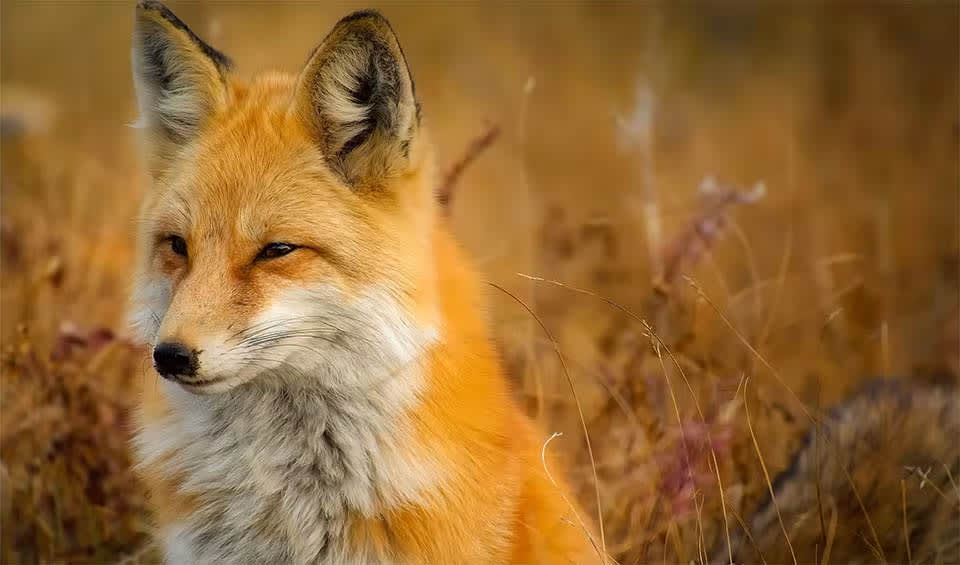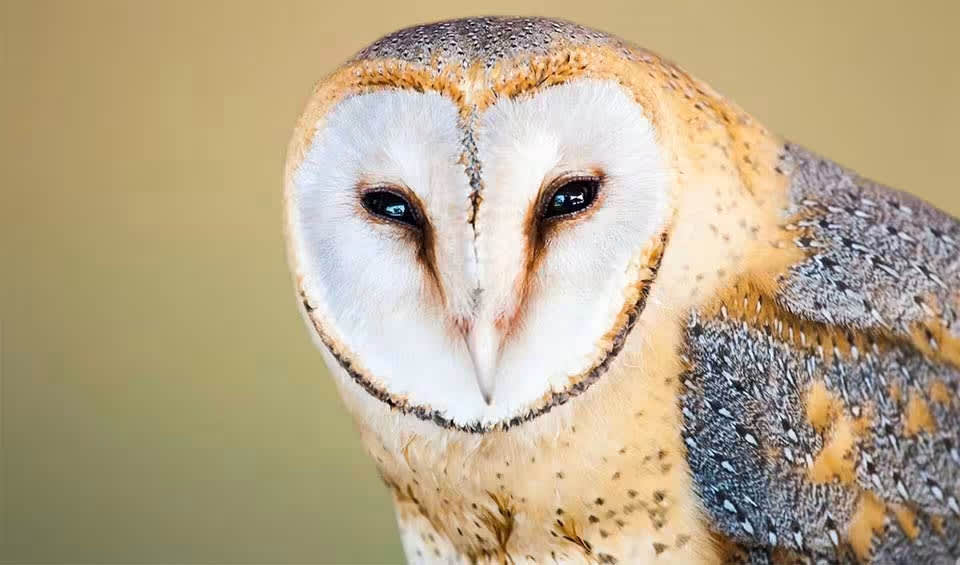Nestled between Switzerland and Austria, Liechtenstein might be one of Europe’s smallest countries, but it’s packed with breathtaking landscapes and an impressive array of biodiversity. Covering just 160 km² (62 mi²), this tiny principality is a hidden gem in the heart of the Alps, offering a delightful blend of natural beauty, outdoor adventure, and a rich cultural heritage.
Liechtenstein’s landscape is dominated by the majestic Alps, with peaks like the Grauspitz. These mountains offer stunning backdrops and numerous opportunities for hiking, climbing, and skiing. Trails cater to all levels, taking you through lush meadows, dense forests, and alpine pastures. Equally enchanting are Liechtenstein’s valleys, such as the Rhine Valley, with its rolling hills, charming villages, and fertile vineyards.
Four pillars elaborated:
Liechtenstein boasts several nature reserves, including Ruggeller Riet, a wetland habitat rich in diverse flora and fauna, and the UNESCO Biosphere Reserve Entlebuch, shared with Switzerland. These reserves protect valuable ecosystems and provide opportunities for scientific research and environmental education. The country also designates protected landscape areas, such as the UNESCO World Heritage Site Swiss Alps Jungfrau-Aletsch, which features stunning mountain scenery and glaciers. Land Management
Land Management
These areas aim to preserve scenic beauty and cultural heritage while promoting sustainable development. Additionally, Liechtenstein has established mushroom sanctuaries to protect various mushroom species, contributing to biodiversity conservation and scientific study.
Threats to biodiversity in Liechtenstein stem from various factors, including the abandonment and fallowing of marginal agricultural areas. Increasing settlement areas and infrastructure, along with more intensive recreational use of the landscape, also pose significant risks. Agricultural biodiversity is threatened by potential intensification due to favorable product prices and possible infrastructure expansion. Threats to Biodiversity
Threats to Biodiversity
The sprawl of settlements jeopardizes high-stem fruit orchards, often located on the edges of current construction zones, thus lacking long-term security. Additionally, climate change impacts hydrology, with declining outflow volumes and rising water temperatures in summer expected to alter the species composition among aquatic organisms.
Conserving biological diversity is a top priority for Liechtenstein, as outlined in the Law on the Protection of Nature and Landscape, which aims to protect and restore all habitats. Supporting legislation includes the Forestry Act, Water Protection Act, Fishery Act, and Agriculture Act, with various instruments and inventories, such as Red Lists and designated nature and forest protection areas, used to conserve natural values. International cooperation, especially with Switzerland and Austria, is crucial, with Liechtenstein providing financial and practical support for multilateral projects. Capacity and Governance
Capacity and Governance
Environmental education is mandated by law, with “Humans and Environment” being a part of the school curriculum and public outreach efforts including forest tours, environmental commission activities, and media reports. Liechtenstein maintains close relations with Switzerland through numerous bilateral agreements, most notably the Customs Treaty, and has strong ties with the EU via the European Economic Area Agreement and participation in bodies like the European Free Trade Association Working Group on the Environment and the European Environment Agency.
Liechtenstein’s Biodiversity Plan 2030 outlines the country’s commitment to protecting and enhancing its biodiversity by setting ambitious goals to halt biodiversity loss by 2030, restore degraded ecosystems, increase connectivity between them, promote the sustainable use of natural resources, and enhance public awareness and participation in conservation efforts. Future Trends
Future Trends
As part of its international collaboration, Liechtenstein is a party to the Convention on Biological Diversity, has adopted the Aichi Biodiversity Targets, and works with neighboring countries on biodiversity initiatives. Specific actions in the plan include establishing a network of protected areas, restoring degraded habitats, promoting sustainable agriculture and forestry practices, and raising public awareness about biodiversity.
Biodiversity
Liechtenstein, a small but ecologically rich country nestled between Switzerland and Austria, boasts a diverse range of habitats despite its compact size. The country’s landscape is characterized by its alpine and subalpine zones, as well as the Rhine Valley, which together support a wide variety of flora and fauna. The alpine regions, which cover much of Liechtenstein’s territory, are home to species such as the alpine ibex, chamois, and marmot, along with a range of bird species, including the golden eagle and the alpine chough. The high-altitude environments also host a unique array of plant species adapted to the mountainous conditions, including edelweiss and alpine gentian.In the lower elevations, the Rhine Valley and its adjacent wetlands provide important habitats for a different set of species. This area supports a variety of birdlife, especially during migration periods, with species such as the white stork and the grey heron frequently observed. The river and its tributaries are vital for aquatic biodiversity, including various fish and amphibian species. Liechtenstein’s forests, which cover about 43% of the country, are predominantly mixed and coniferous, featuring species like spruce, fir, and beech. These forests are home to wildlife such as deer, foxes, and badgers, as well as numerous bird and insect species. The varied forest structure supports a rich undergrowth of plants and fungi, adding to the ecological complexity of these areas.
In the table below are the number of known species in several main groups, how many of these species are Threatened with extinction, and how many of them are Endemic (unique to Liechtenstein only):
| Species (World rank) |
Threatened | % Threatened | Endemic | % Endemic | |
|---|---|---|---|---|---|
| Mammals | 65 (#152) | ||||
| Birds | 176 (#175) | 3 | 1.7% | ||
| Reptiles | 8 (#191) | ||||
| Amphibians | 9 (#141) | ||||
| Fishes | 14 (#205) | ||||
| Plants | 1,408 (#166) |
mammals
Eurasian lynx
Once widespread throughout most of Europe, by now extinct in most of Western and Central Europe
Red fox
Ladies and gentlemen, please welcome the world’s most widely distributed carnivore!
Eurasian beaver
The furry flat-tailed mammal that builds its own aquatic empire
birds
Eurasian sparrowhawk
Better call the ambulance before the Sparrowhawk comes to devour all those who are injured
Barn owl
The most cosmopolitan of owls with home ranges extending across the globe
Common pheasant
One of the most hunted, widespread, ancient, and well-known game birds
National Animals
Eurasian kestrel
Adaptable raptor known for its hovering hunting technique and striking appearance











